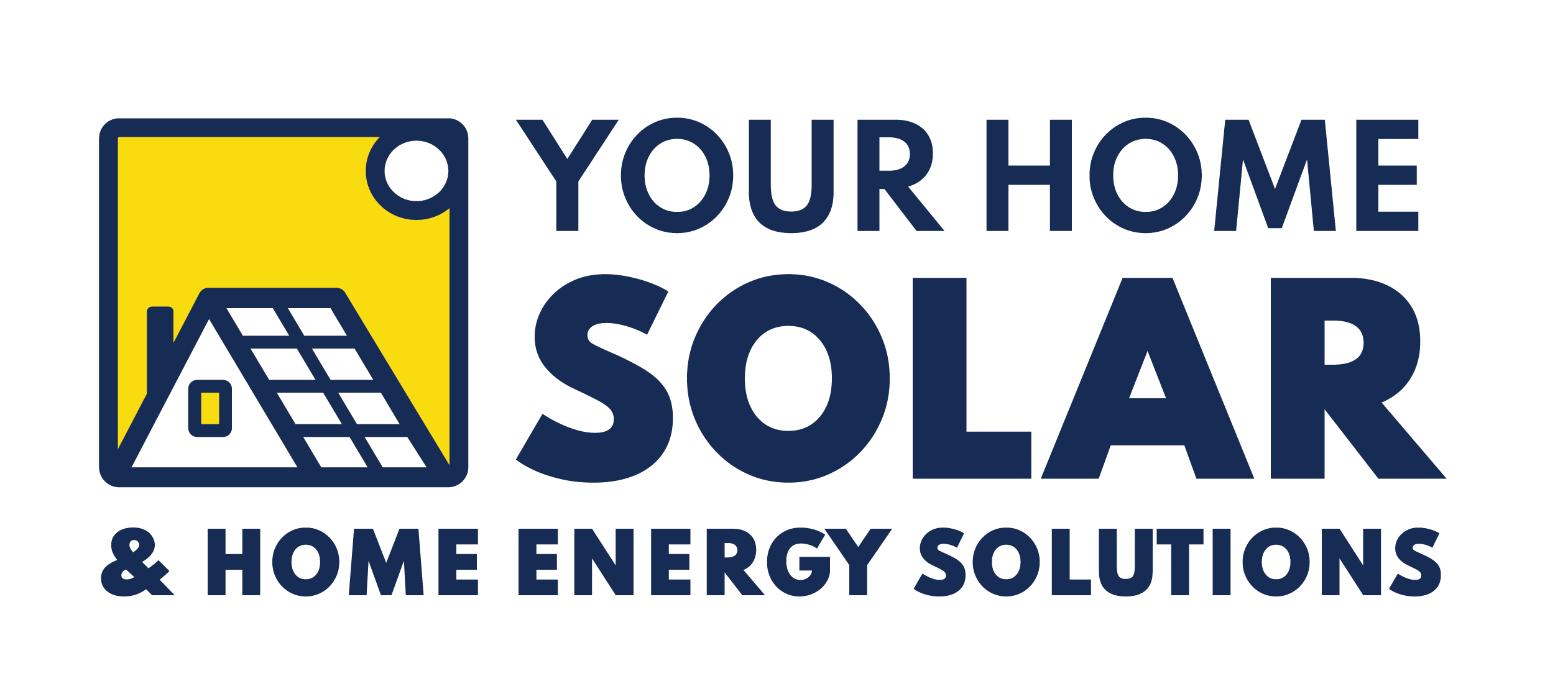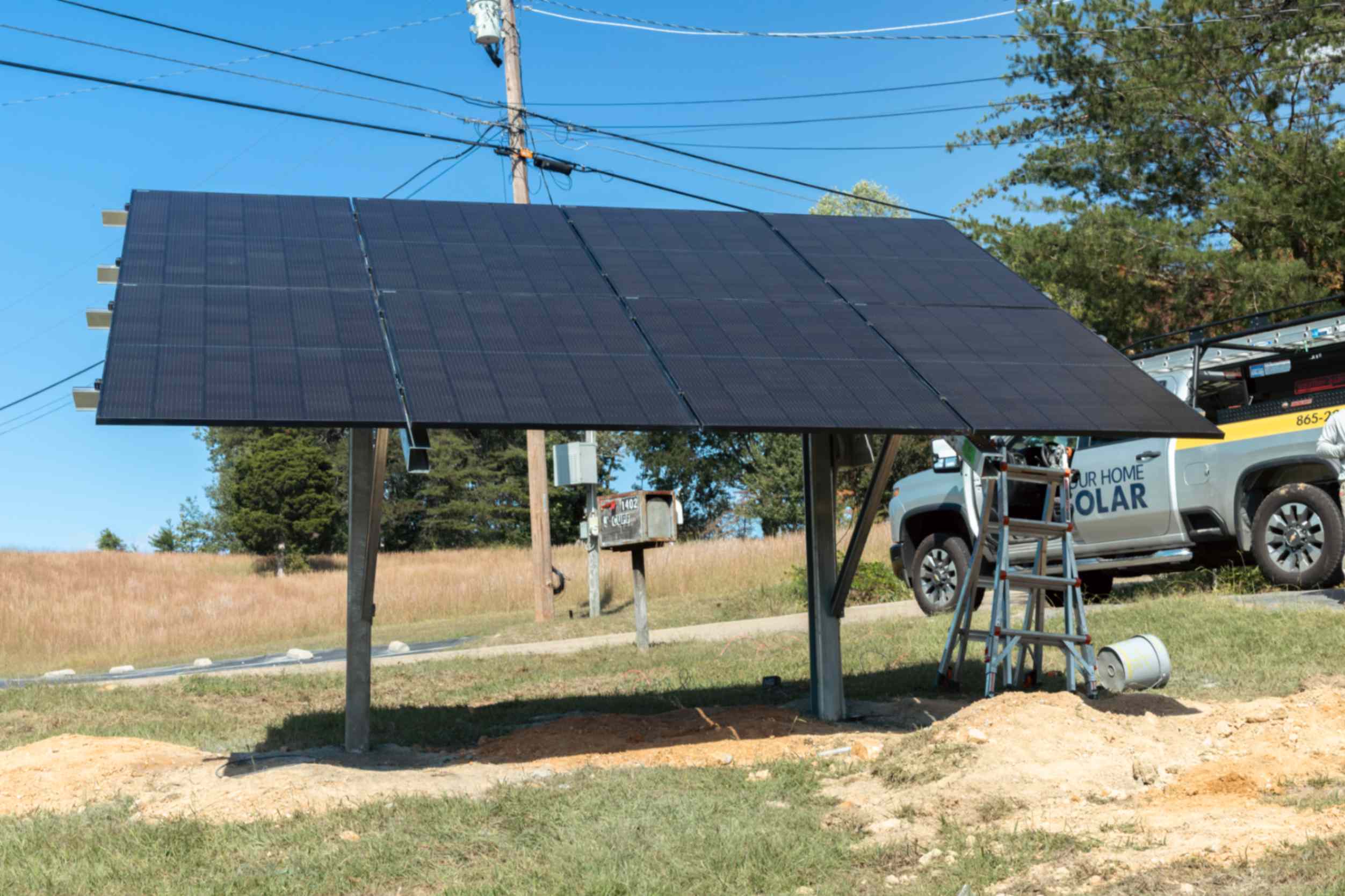Switching to solar energy is an excellent way to reduce your electricity bills and minimize your carbon footprint. But have you ever wondered how solar panels actually work? This comprehensive guide will explain the science behind solar panels, how they convert sunlight into electricity, and the key components involved in a solar energy system.
The Science Behind Solar Panels
Solar panels harness the power of the sun to generate electricity through a process known as the photovoltaic (PV) effect. This effect occurs when sunlight strikes the surface of a solar cell, causing electrons to be knocked loose from their atoms. These free electrons then flow through the material to produce electricity.
Key Components of a Solar Energy System
Solar Panels
The main component of a solar energy system is the solar panel itself. Each panel is made up of many solar cells, typically made from silicon, that are connected together to form a module. Solar panels are designed to capture sunlight and convert it into direct current (DC) electricity.
Inverter
The electricity generated by solar panels is in the form of direct current (DC), which is not compatible with the alternating current (AC) used by most household appliances. An inverter is used to convert the DC electricity into AC electricity, making it usable for your home.
Mounting System
The mounting system is used to secure the solar panels to your roof or another structure. It ensures that the panels are positioned at the optimal angle and orientation to maximize sunlight exposure and energy production.
Electrical Panel
The AC electricity produced by the inverter is sent to your home's electrical panel, also known as a breaker box. From there, it is distributed throughout your home to power your appliances and devices.
Utility Meter
Your utility meter measures the amount of electricity your home consumes, helping you keep track of your energy usage and efficiency.
The Solar Energy Production Process
1. Sunlight Activation: The process begins when sunlight hits the solar panels. The panels are made up of photovoltaic cells that absorb the sunlight and generate direct current (DC) electricity.
2. DC to AC Conversion: The DC electricity generated by the solar panels is sent to the inverter. The inverter converts the DC electricity into alternating current (AC) electricity, which is the type used by most household appliances.
3. Powering Your Home: The AC electricity is sent from the inverter to your home's electrical panel. From there, it is distributed to power your lights, appliances, and other devices.
Conclusion
Understanding how solar panels work can help you appreciate the technology behind this renewable energy source. By converting sunlight into electricity, solar panels provide a clean, sustainable, and cost-effective way to power your home. If you're considering making the switch to solar energy, knowing the basics of how it works is the first step toward a brighter, greener future.

